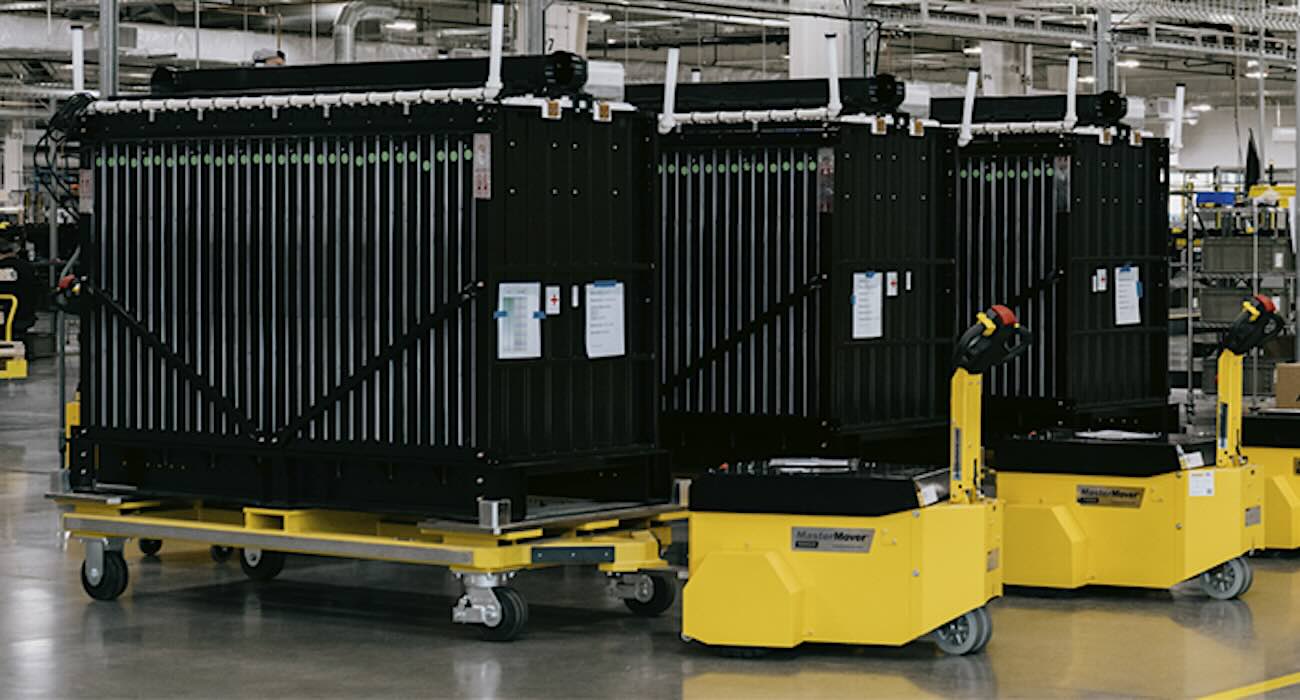 Iron-air batteries for stable power – Credit: Form Energy
Iron-air batteries for stable power – Credit: Form EnergyEdited with permission of EarthTalk® and E – The Environmental Magazine, Dear EarthTalk: What’s new regarding more efficient batteries that can help usher in a new age of renewable energy?
Batteries are everywhere—in your phone, your car—even the artificial organs many depend on for life. Fortunately, new innovations have increased the efficiency and sustainability of our ubiquitous batteries.
One of the most novel innovations unveiled recently is the iron-air battery system which usees rust to produce energy in a sustainable way.
The iron-air system from Form Energy is built from safe, low-cost, abundant materials—iron, water, and air—and uses no heavy or rare-earth metals. The company touts that approximately 80% of its components are sourced domestically from within the United States.
As air passes through the cathode (the negatively-charged portion of the battery) and reacts with the liquid, a water-based electrolyte, ions subsequently latch onto the positively-charged iron anode, producing rust. The movement of ions through this rust produces electricity, a process that can be repeated by continually un-rusting the battery after each reaction.
Form energy co-founder and Chief Scientist Yet-Ming Chiang notes the economic viability of iron-air batteries for large-scale usage: “Air is still free and iron is one of the most widely produced, lowest cost materials in the world.”
In Minnesota, a 1.5 megawatt pilot project was shown to be able to power 400 homes for 100 hours. It also successfully completed UL9540A safety testing, demonstrating the highest safety standards with no fire or thermal threats across all scenarios.
Besides iron-air batteries, solid-state batteries are what George Crabtree, director of the Joint Center for Energy Storage Research, believes to be “very likely… the next big thing at the commercial level.”
Solid-state batteries use electrolytes like argyrodite, garnet and perovskite that are more efficient than liquid-electrolytes in nearly all aspects: they’re lighter, take up less space and can hold more energy per unit of mass. These qualities make them effective for electrical vehicles and grid-scale energy storage.
However, researchers like University of Houston professor Yan Yao, who recently developed a glass-like electrolyte, are still looking for materials that fulfill all four factors for viability in the market: low-cost, easy-to-build, having a high degree of mechanical stability, and chemical stability.
With lithium-based batteries being so ubiquitous, some scientists are looking to improve on the existing model rather than supplanting it entirely. Batteries made out of lithium-sulfur, for example, exhibit four times greater energy density than traditional lithium batteries due to their usage of light, active materials.
Ultimately, innovations in batteries are a cornerstone to shaping a more sustainable future, making renewable energy more reliable and energy grids more stable.
EarthTalk® is produced by Roddy Scheer & Doug Moss for the 501(c)3 nonprofit EarthTalk. See more at emagazine.com. To donate, visit Earthtalk.org. Send questions to: question@earthtalk.org.

